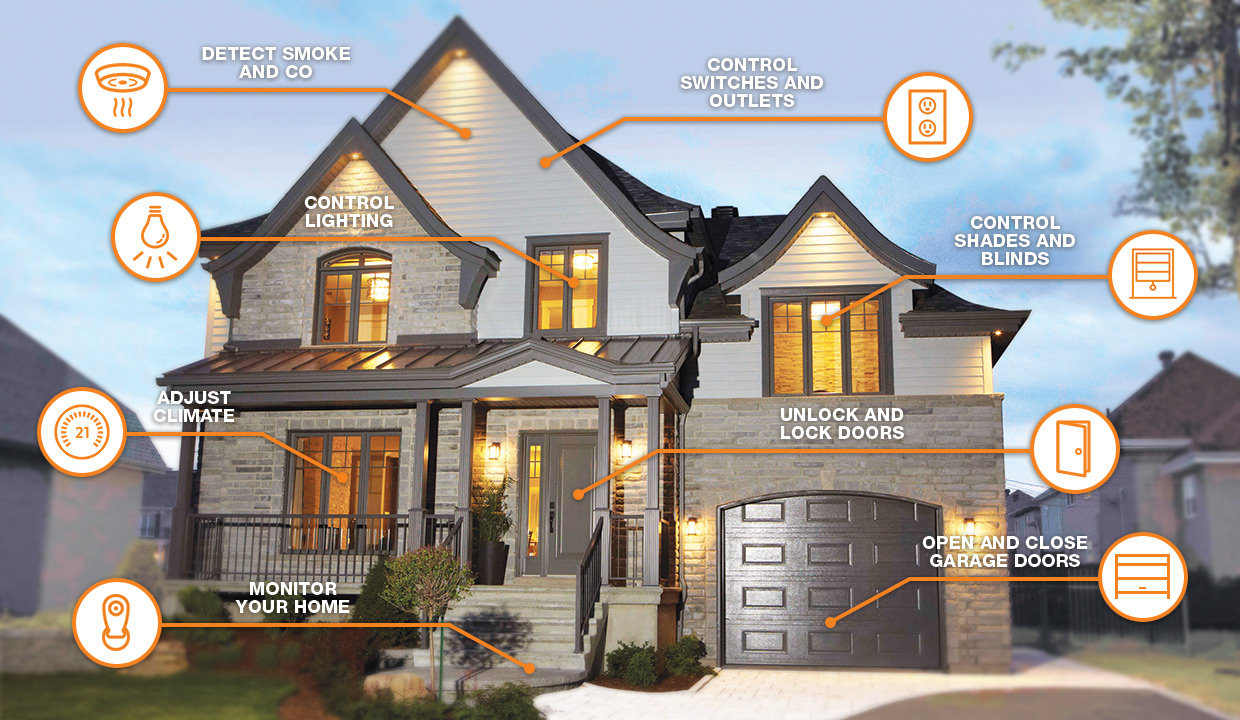

#Best home control system manual#
From simply turning on the lights to more advanced features such as security checks, the smart home system lets you take charge of your home from anywhere.Thermostats have come a long way from those early models with manual temperature dials that may or may not accurately reflect the room’s actual temperature. Home automation gives you control over certain aspects of your home from a remote location. For example, a smart home system allows you to save money on energy costs by controlling lights and appliances remotely through control and monitoring. It’s no secret that innovative home technology makes your life more efficient, secure, and convenient. These cameras will visualise what’s going on in different rooms and works best for people who frequently travel and need to check happenings in their homes. For example, you can check in on your kids and pets remotely using cameras in the house. Home automation controls help you monitor and control different aspects of your home without going there physically. And with the rise and affordability of smartphones and tablets, such convenience is unmatched. Smart Home automation can control various household appliances from one source, including lighting, heating, security, entertainment, and more.

It all depends on how many upgrades you want to make and what type of security system you want to install. Most intelligent home upgrades are priced within a range that’s affordable for most homeowners. Intelligent home automation is becoming more affordable as new technologies enter the marketplace. So if you want to sell your house in the future, you should consider installing an intelligent system. Homes with intelligent technology will be the norm in the future. Home automation increases a home’s value by making life easier, saving you time money, and helping keep your family safe. This extra security feature can qualify you for perks on your homeowner’s insurance premiums. Some smart home tech can be integrated with your existing home security system to monitor your entire property and alert you or the authorities if a water leak, fire, or break-in is detected. You can use the same technology to remotely turn off lights and electronics when they’re not in use or shut down HVAC systems. With smart thermostats and power strips, for example, you can see how much electricity each appliance is using in real-time, and you can make changes to reduce consumption. In a smart home setting, saving money on utilities is two-prong: monitoring and control. 6 Key Contributions of a Home Automation System to a Smart Home
#Best home control system windows#
In addition, sensors are placed at doors or windows to notify you if anyone opens them.

Security systems can be armed or disarmed remotely by sending a short message or through a mobile app. Smart Home system facilitates energy-saving by automatically turning off all the electronic devices when not in use or left on standby mode for long periods. If the room is unoccupied, it will automatically lower the temperature and vice versa. Temperature can be adjusted according to the room occupancy using temperature sensors. Instead, you need to give the command, and it gets done. Moreover, you do not have to get up and adjust the settings.

You can monitor and control the climate of your house according to your convenience and requirement. For example, you can control the temperature of your air conditioner or the amount of lighting in your lighting system. Nowadays, it is easy to control everything in your home from one device. The following are critical IoT access control systems that make it possible to automate your home. You can control lights, temperature, security cameras and locks with the touch of a button or voice command on the IoT device.


 0 kommentar(er)
0 kommentar(er)
